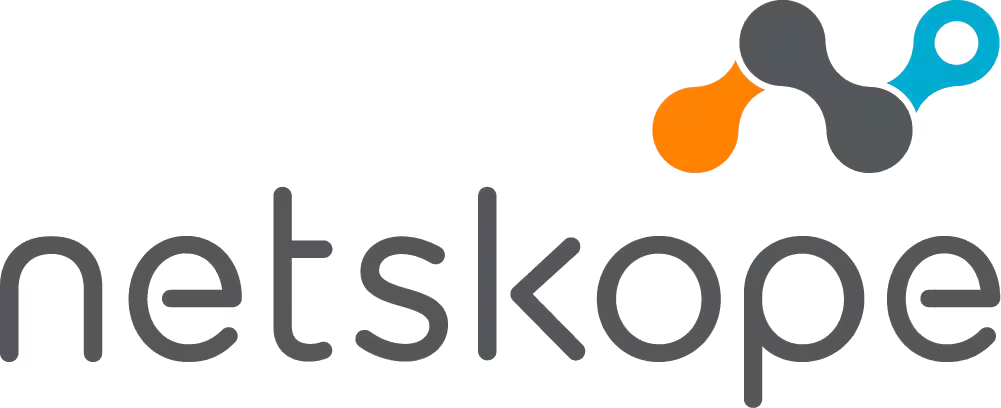Equitybee’s unique model grants investors access to the most exciting companies in the startup ecosystem. Funding stock options allows you to share in the success of these companies, at an earlier, sometimes more favorable, entry price.

Data calculated based on the US market reflects offers from March 2020 through September 2025 ; on the Israel market reflects offers from June 2018 through September 2025

Distributions to Paid-In capital (DPI), measures how much capital a VC fund has returned to investors relative to what they contributed - key for assessing capital efficiency.

































In the time that Equitybee has made its offering available to employees and investors there has been a range of liquidity events that have triggered returns. This shows a healthy distribution in a fluctuating market with the full range of possible outcomes for a successful startup. A unique type of liquidity event for Equitybee investors are tender offers, where the company or another investor offers to buy shares from current and past employees. These events have historically produced some of the highest performing returns for Equitybee investors.
*Multiple on Invested Capital (MOIC) is calculated as the net proceeds distributed to investors divided by their original investment. In the Equitybee model, net proceeds typically comprise the original principal, accrued annual interest (ranging from 3% to 5%), and the investor’s share of the equity value at the liquidity event (typically 20% to 45% of the funded shares). A 5% carried interest is applied to the accrued interest and the equity value share at distribution.
**Time to liquidity Indicates average time from investment date to distribution date, sourced from Equitybee’s proprietary data
Past performance is not indicative of future results. Private placements are speculative, illiquid, contain substantial risk and may result in the complete loss of capital to the investor. Consult your tax accountant as there may be tax considerations on profit amounts. Results may vary with each use and over time. Investor proceeds may be settled in cash or shares.


The average internal rate of return provides a clear, standardized measure of investment performance over time. This metric normalizes returns, over the investment's time horizon, and expresses the compounded rate at which an investment grows annually. Understanding and analyzing the internal rate of return empowers investors with the ability to make more educated and strategic investment decisions, enhancing their overall investment portfolio and potentially maximizing long-term wealth accumulation.
Since launching in 2018 until September 2025, Equitybee’s investors have helped fund stock options in 183 companies that went on to experience a liquidity event.
Past performance is not indicative of future results. Net IRR is shown net of all applicable fees for the respective market. IRR figures are calculated for each transaction into an offer on the Equitybee platform from the date the investor's funds were received through the distribution date of proceeds. If the distribution date was less than one year after the invested date, the IRR represents an unannualized return. For distributions one year or more after the invested date, IRR is annualized.
Equitybee offers investors access to the full gamut of startup industries including cybersecurity, AI, healthcare, fintech, and more. Each vertical has its own cyclical patterns with its own risk/return profile. At Equitybee, we provide investors with visibility of past investments to help them make informed decisions about potential opportunities in pre-IPO companies.
Equitybee takes proactive steps to mitigate counterparty risk. Equitybee reviews credit scores, past due payments, and screens for liens, criminal charges or convictions, and other potential red flags. Additionally, Equitybee verifies each employee’s options grants, including grant prices and vesting schedules.
** As of September 30, 2025.
To learn more about Equitybee’s unique offering for investors, sign up today to join the investor network and start learning about opportunities with some of the most exciting pre-IPO companies you can imagine.
